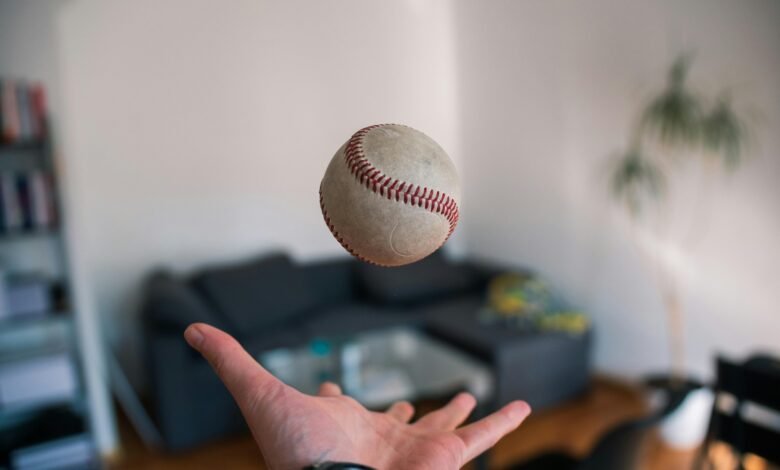InfluencersGoneWild: The Dark Side of Viral Fame

In the age of social media dominance, influencers wield unprecedented power over trends, opinions, and consumer behavior. However, beneath the glossy filters and curated feeds lies a chaotic underbelly—InfluencersGoneWild—where viral fame spirals into controversy, scandals, and shocking behavior. From reckless stunts and public meltdowns to unethical brand deals and canceled careers, this phenomenon reveals the pressures and pitfalls of internet celebrity. As audiences grow increasingly fascinated by the unscripted chaos of online personalities, the line between entertainment and exploitation blurs. This article dives deep into the world of InfluencersGoneWild, examining its causes, consequences, and what it says about our digital culture.
Headings and Their Explanations
The Rise of Shock Content: How Outrage Fuels Fame
In the battle for attention, many influencers resort to extreme behavior—fake pranks, staged fights, or dangerous challenges—knowing that controversy drives engagement. Platforms like TikTok and Instagram reward outrageous content with algorithmic boosts, creating a vicious cycle where boundaries keep pushing further. The infamous “Tide Pod Challenge” and “Devious Licks” trend proved how far creators will go for clout, even risking legal trouble or physical harm. While some influencers recover from backlash, others face permanent damage to their reputations, raising questions about social media’s role in promoting harmful behavior.
Public Meltdowns and the Spectacle of Self-Destruction
The pressure to stay relevant has led to explosive, unfiltered moments—think Belle Delphine’s bizarre stunts or Logan Paul’s Japan scandal—where influencers unravel in real time. Mental health struggles, substance abuse, and erratic behavior often play out publicly, with audiences oscillating between concern and mockery. Documenting breakdowns for content (dubbed “trauma porn”) has become disturbingly common, with followers rubbernecking drama like a car crash. These spectacles reveal the unsustainable nature of influencer culture, where personal lives become monetized entertainment.
Cancel Culture vs. Comebacks: Can Influencers Survive Scandals?
One viral misstep can trigger mass unfollowings, sponsor pullouts, and relentless online hate. Yet, some influencers engineer comebacks by rebranding or leaning into their “villain” personas (e.g., Tana Mongeau). Others, like Shane Dawson, fade into obscurity after severe backlash. Cancel culture’s effectiveness is debated: Does it hold people accountable, or is it just performative outrage? The rise of “apology videos” as a PR tactic further complicates whether consequences lead to genuine change or just better crisis management.
The Ethics of Exploitation: When Content Crosses the Line
From family vloggers monetizing kids’ trauma to travel influencers damaging ecosystems for photos, ethical boundaries are routinely ignored. Deepfake scams, fake giveaways, and undisclosed ads erode trust, while platforms struggle to moderate harmful content. Legal repercussions remain rare, emboldening bad actors. Meanwhile, audiences grapple with their own complicity—clicking, sharing, and funding this ecosystem despite condemning it.
Where Do We Go From Here? The Future of Influencer Accountability
As regulators eye stricter advertising disclosures and mental health advocates call for reform, the industry stands at a crossroads. Could unionization, platform penalties, or audience literacy curb the wildest excesses? Or will the demand for “trainwreck” content keep fueling the fire? The answer lies in whether consumers and creators collectively prioritize integrity over virality.
Conclusion
InfluencersGoneWild isn’t just about individual missteps—it’s a mirror reflecting social media’s darkest incentives. The pursuit of fame at any cost has normalized toxicity, but it’s not irreversible. By critically engaging with content, supporting ethical creators, and demanding accountability, audiences can shift the culture toward something healthier. After all, in the attention economy, we vote with our clicks. The question is: What kind of content do we want to reward?
